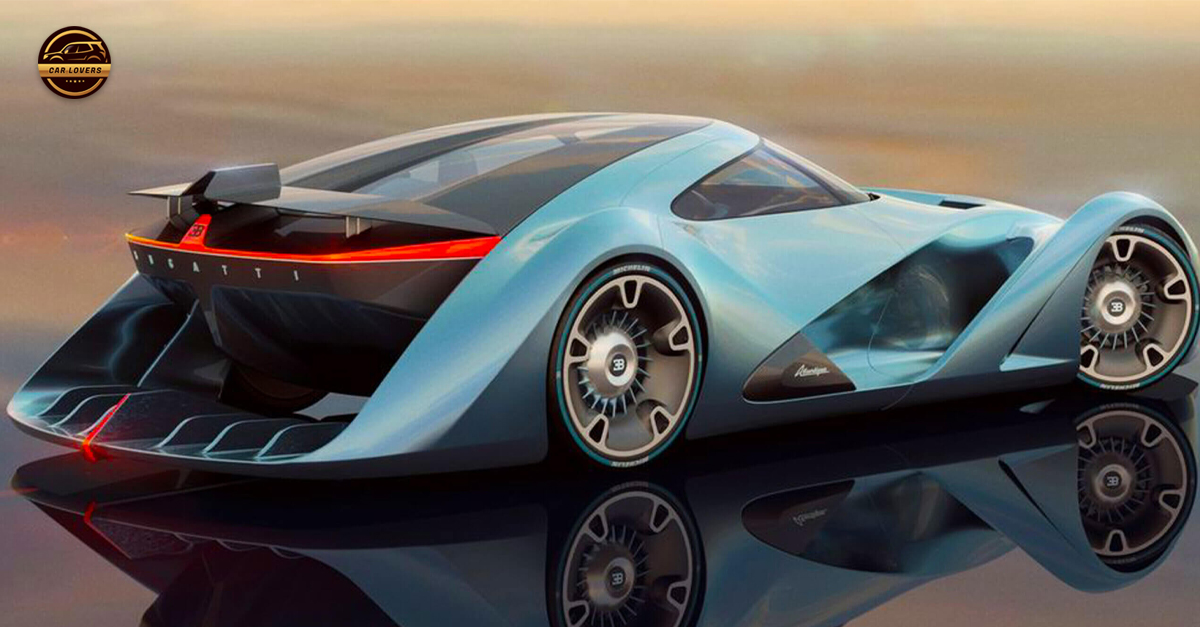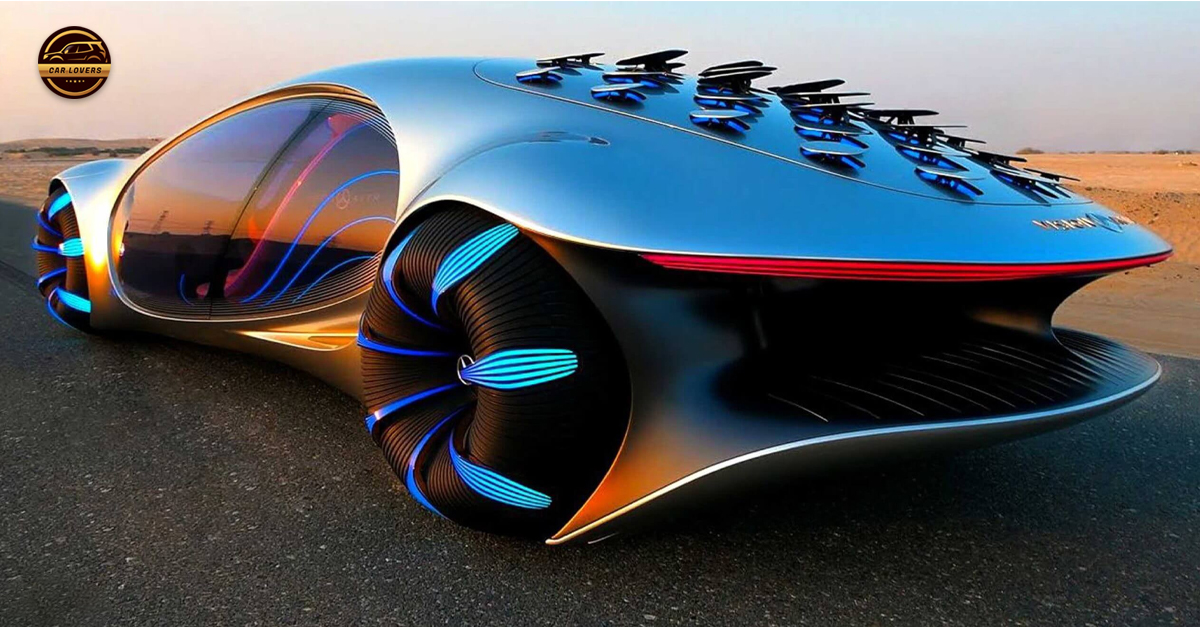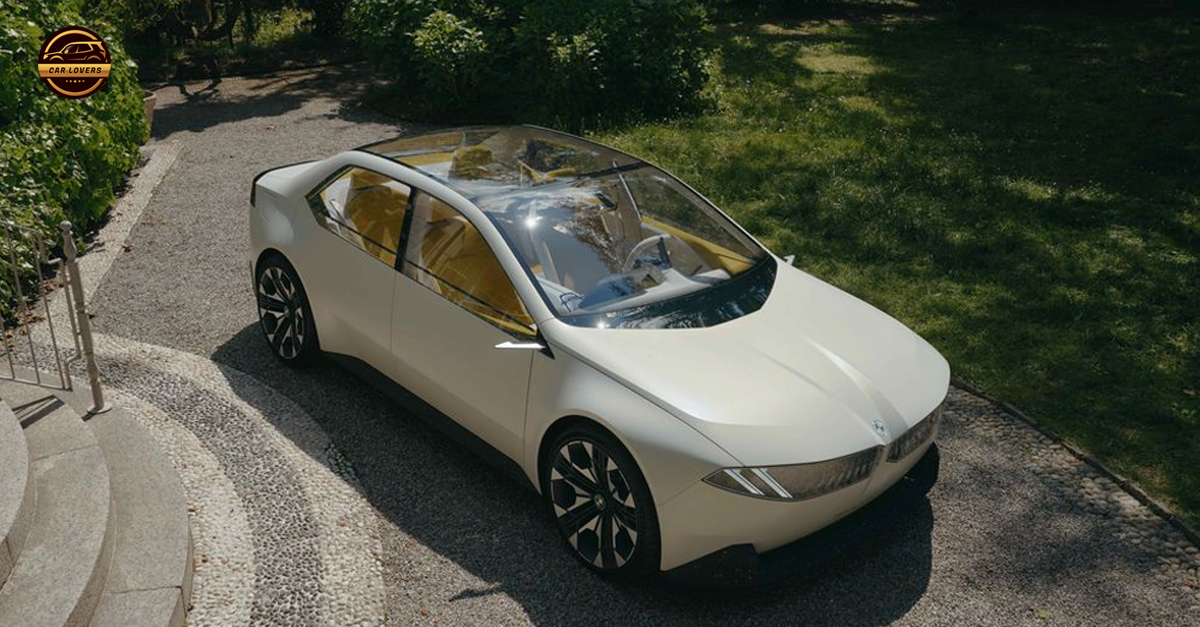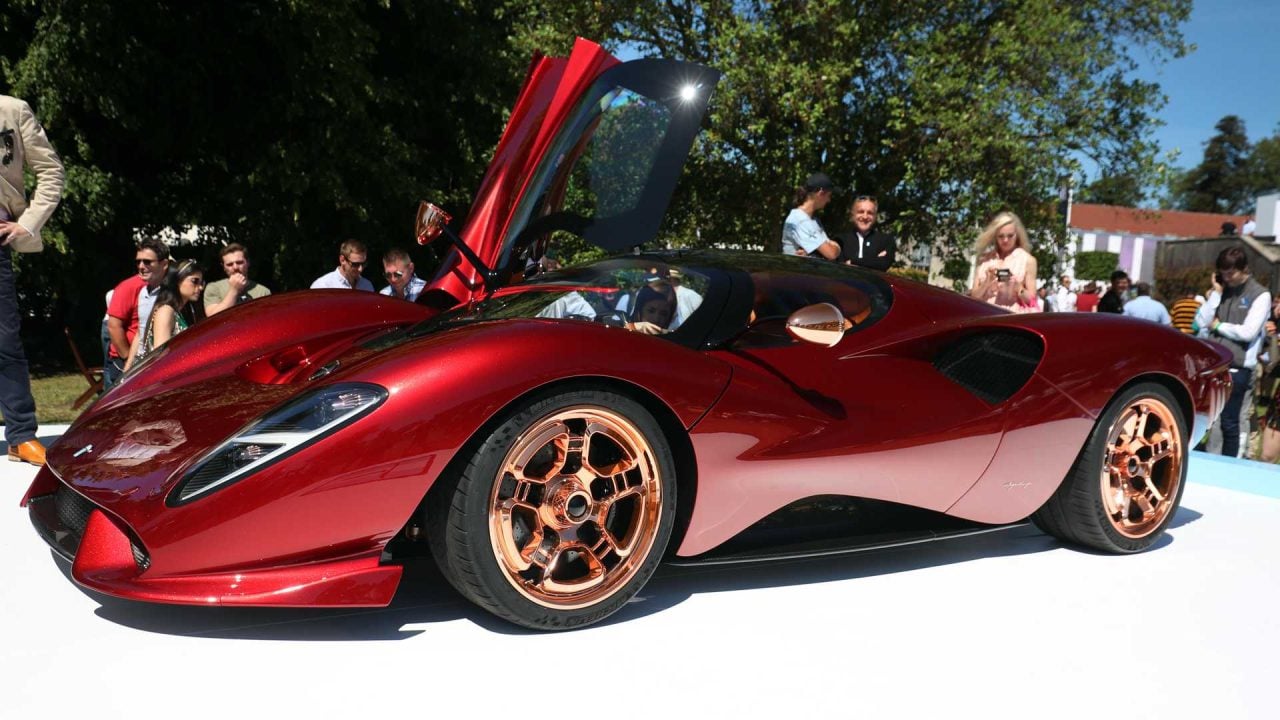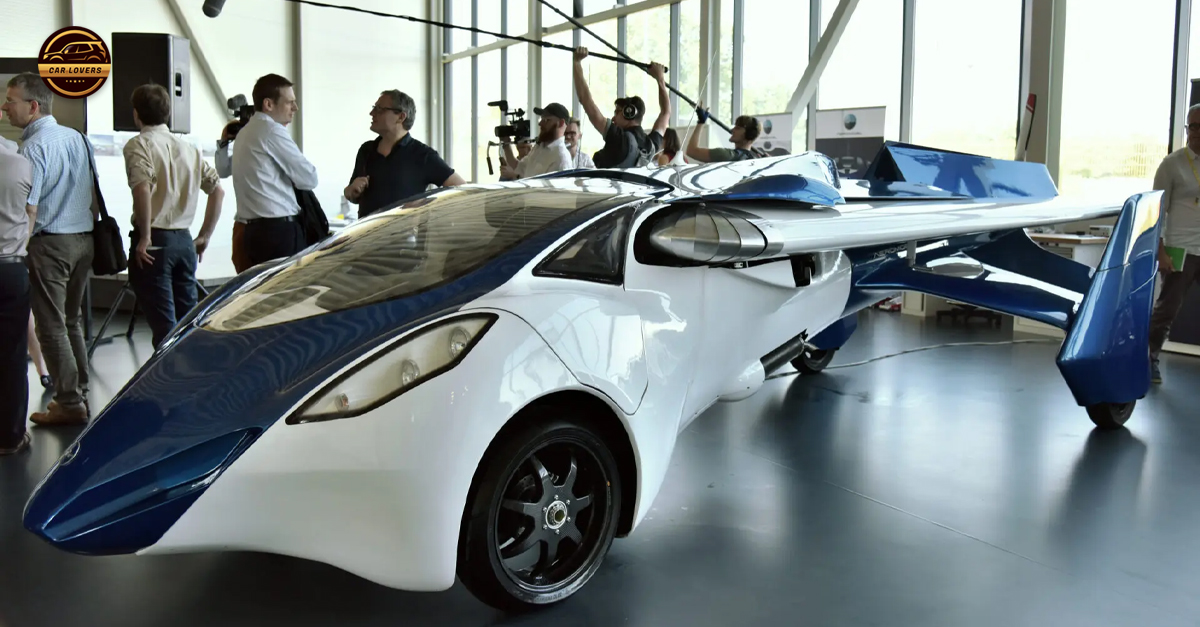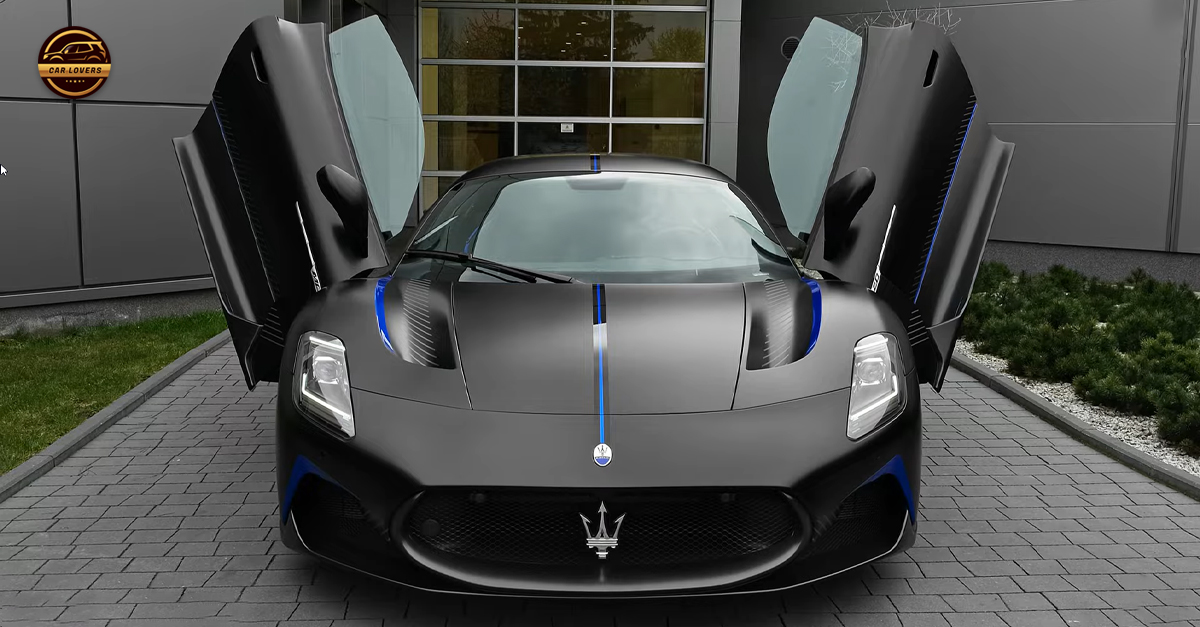Intended as a dune buggy for hedonistic youngsters, the Autobianchi A112 Giovani Pininfarina was the answer to the Citroën Méhari and Meyers Manx. This weekend, the funky 1973 concept car will be exuding a cool 70s vintage vibe at The ICE St. Moritz…


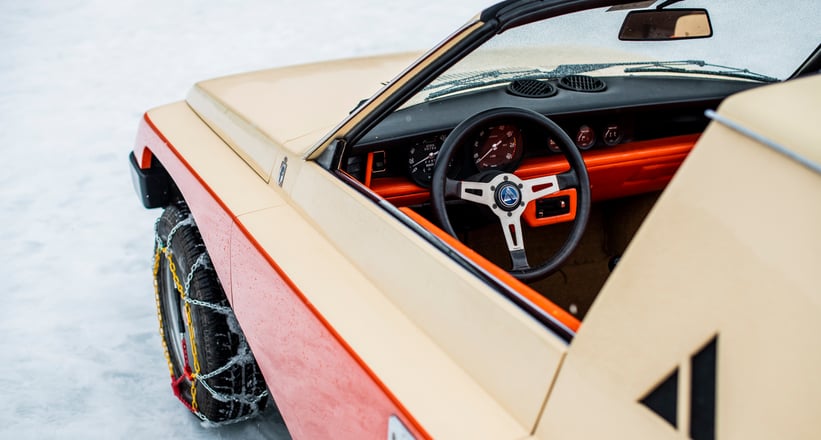
It could be argued that the most iconic sports cars of the 20th century were developed for the racetrack – but the coolest cars were certainly born on and for the beach. While Fiat’s Jollys with their striped roofs and wicker seats were all the rage among the high society from Portofino to Nice in the 1950s, the elegant Spiaggina shuttles were replaced by more modest and robust vehicles in the 1960s and early 1970s. The Louis de Funès films had established the minimalist Citroën Méhari as the “it car” for patrolling the (nude) beaches of the Côte d’Azur, while Steve McQueen and Faye Dunaway drove the California-bred Meyers Manx buggy through the dunes to world fame in “The Thomas Crown Affair”. Of course, the Italians were not happy – and hatched a plan to reclaim their sandy throne.
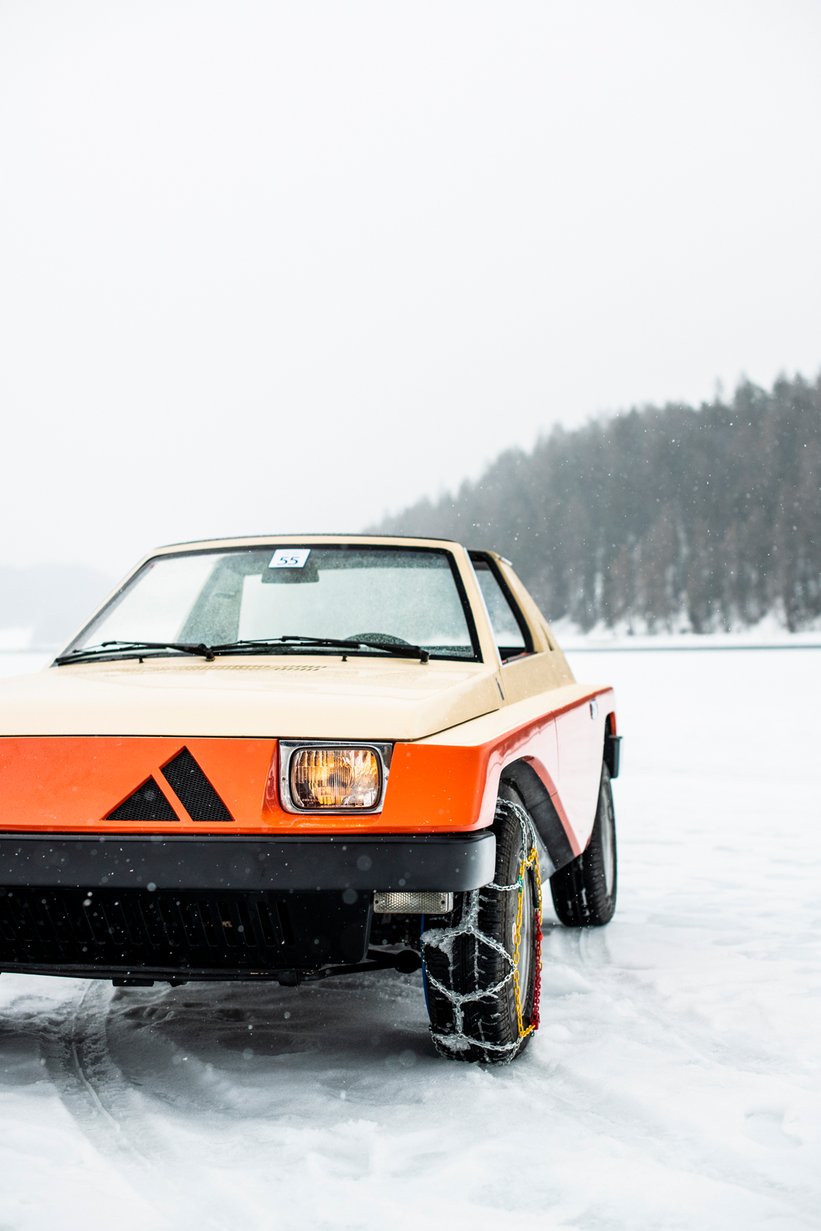

At the 1973 Geneva Motor Show, Pininfarina unveiled the Autobianchi A112 Giovani, a lightweight and versatile concept car that took up the dune buggy trend and was intended to be a test balloon for a new Fiat model range. Giovani means “young” in Italian – and as the name suggested, the beige and orange concept was intended to appeal to a generation of hedonistic and fun-loving young people. Born in the heyday of Italy’s post-war economic boom.
As Pininfarina pointed out in its Geneva press release, the term “sports car” had recently become synonymous with very fast and very expensive cars, while the connection to physical activity and a spartan lifestyle had been neglected. The new prototype was therefore to be a “sports car” in the truest sense of the word.
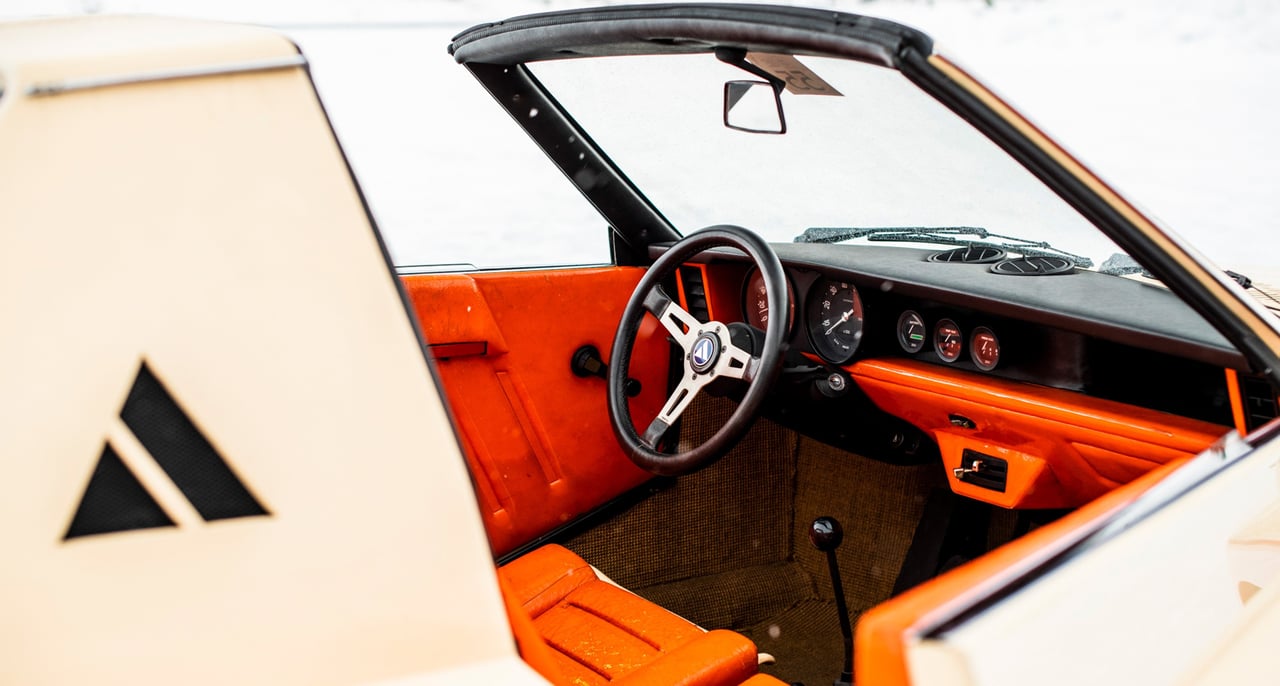
While the chassis and floorpan were derived from Fiat’s popular Autobianchi A112, first introduced in 1969, the design language created by Diego Ottina at Pininfarina followed the latest angular and geometric styling trends of the 1970s. The body was made of composite plastic and featured a high beltline, boxy wheel arches, fully integrated and dark-coloured bumpers and a roll bar integrated into the B-pillar. The most striking detail was certainly the grille in the shape of the Autobianchi logo, offset to the centre in the front of the car. The same motif also appeared in the B-pillars.
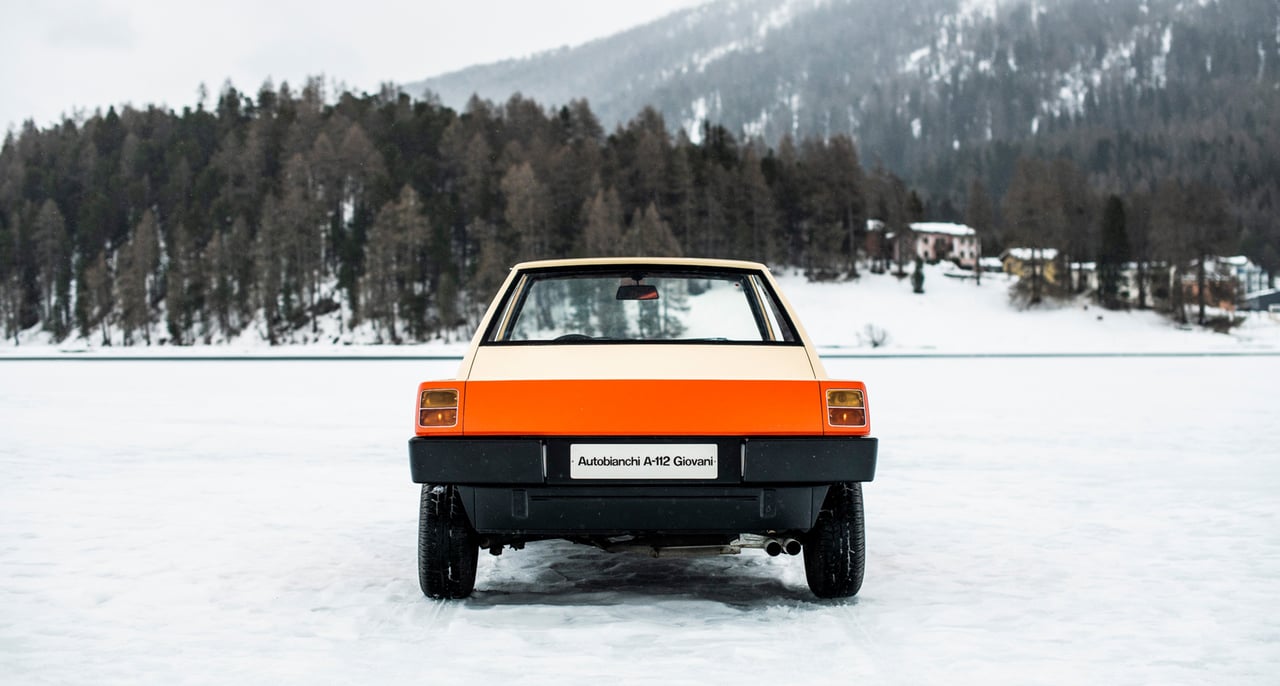
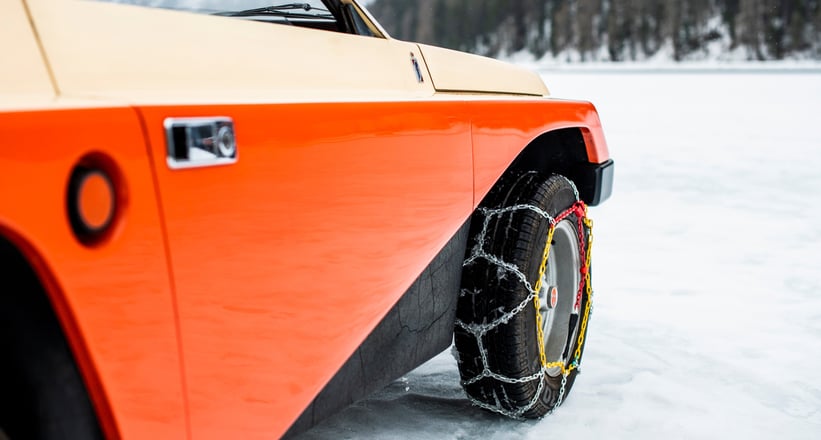
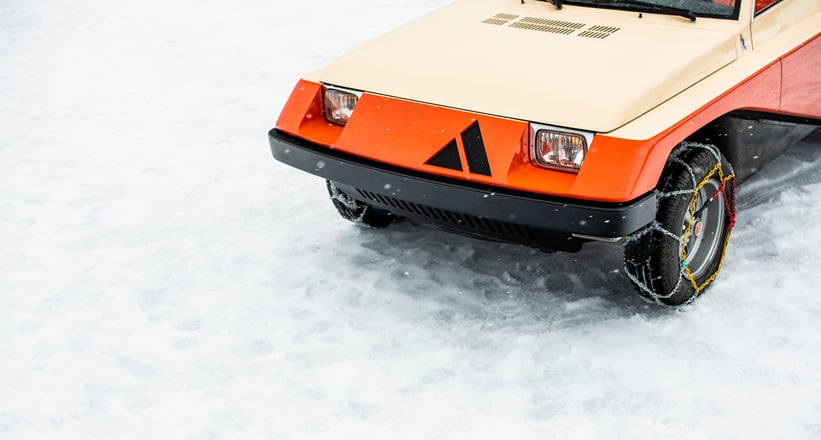
In its press release, Pininfarina explained the main design principles as follows: “With its rectangular base, square cross-section and linear profiles, the A 112 gives the impression of two superimposed shells, with the lower shell wider than the upper one. This difference in cross-section forms a step that extends around the entire perimeter of the car, with the exception of the nose section. This aesthetic solution made it possible to create a safety structure around the passenger compartment to protect the pilot and passengers.”
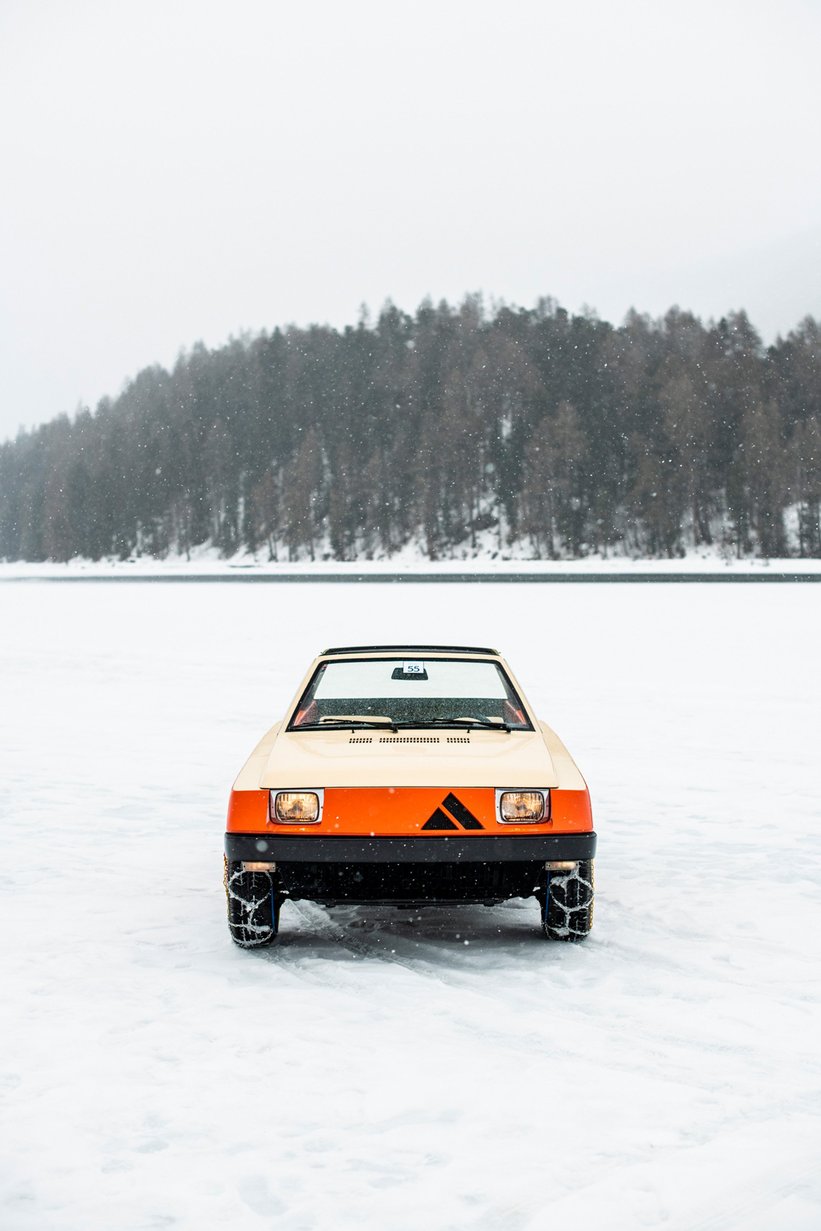
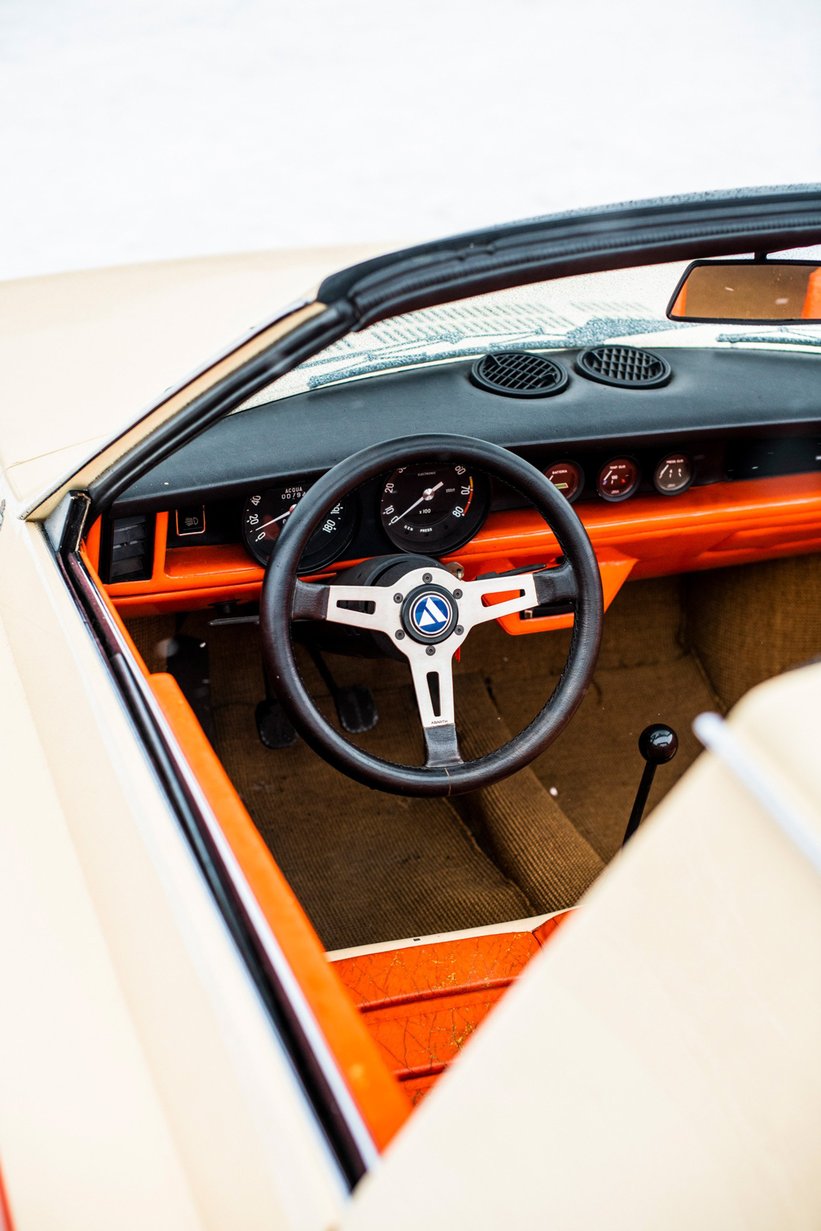
To keep the design of the 3.32-meter-long model as simple as possible, the hardtop could be removed by hand. To keep costs down, the trunk lid could only be unlocked from inside the car; there was no handle on the outside. While the three-spoke steering wheel and the five analogue displays in the plastic instrument panel were taken from the A112, the two occupants of the Giovani sat on seats that, with their combination of a steel frame and semi-soft plastic, could be found on yachts. In a shade of as light orange as possible, like the door panels, they were said to be easy to clean of sunscreen and sand.

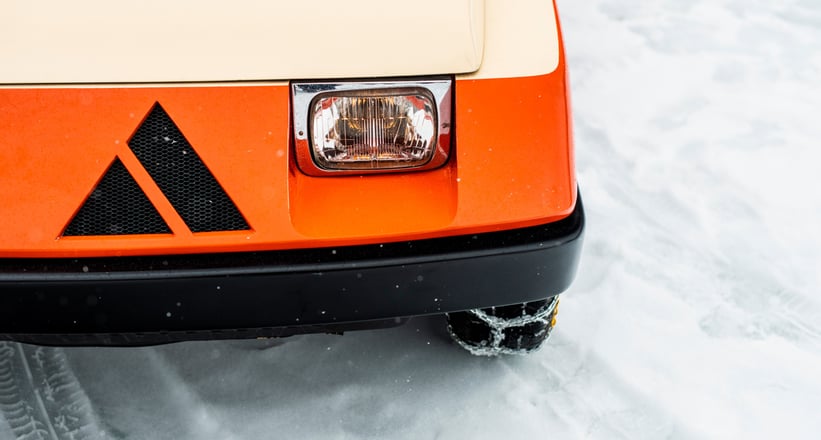

Like many concept vehicles of the time, Pininfarina’s dune buggy was fully functional and almost ready for production. The water-cooled 982 cc four-cylinder engine of the Autobianchi A112 Abarth was mounted transversely over the front axle, and its 58 hp were transmitted to the front wheels via a four-speed gearbox. The power may seem modest by today’s standards, but the maximum 73 Nm of torque was enough to bring the 660 kilogram one-off vehicle up to a reasonable speed.


When you look at the two-seater dune buggy, you can vividly imagine the young and stylish fashion or advertising professionals from Milan in the 1970s setting off for the weekend towards the Mediterranean or the Alps with thick sunglasses and flowing hair. But for reasons unknown to us, the Autobianchi A112 Giovani never received the green light from Fiat, which finally shattered Pininfarina’s dreams of an Italian beach buggy renaissance.
Today, the only Autobianchi A112 Giovani can be found in Corrado Lopresto’s world-class collection of Italian classics and prototypes in Milan. This weekend, the dune buggy will be one of the stars of The ICE. As it drifts across the frozen lake, it will bring Italian glamour to the jet set of St. Moritz – just as its builders intended half a century ago.
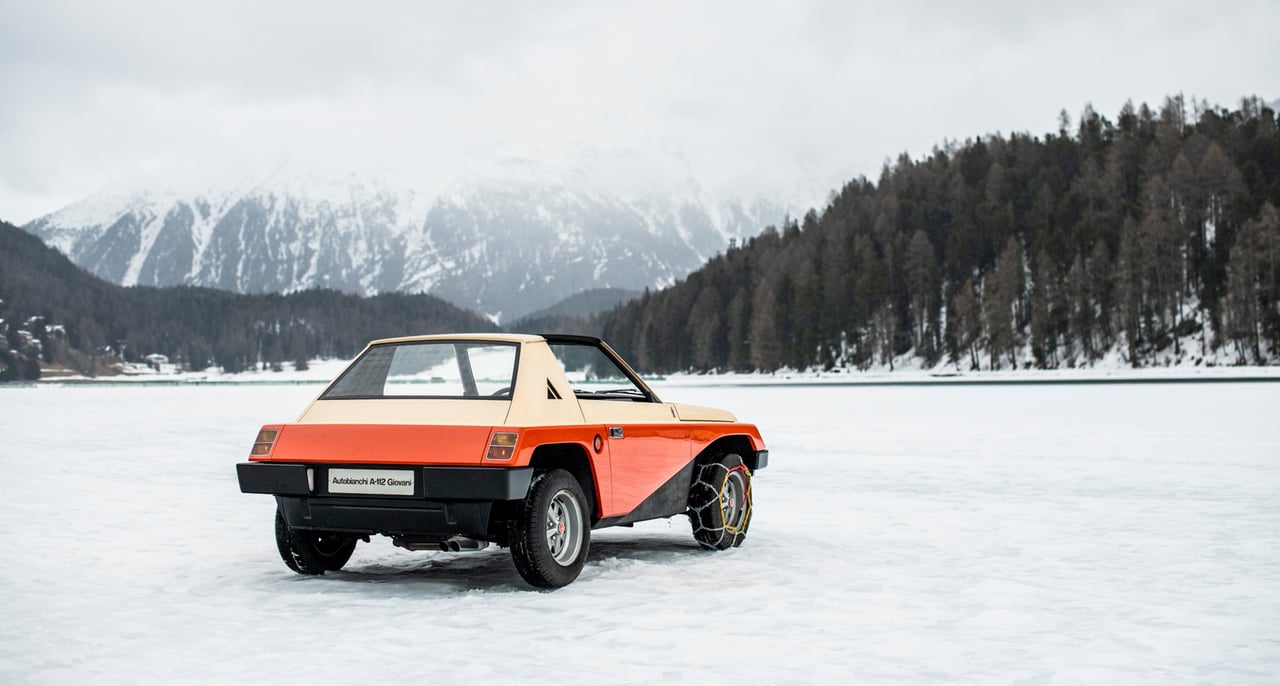
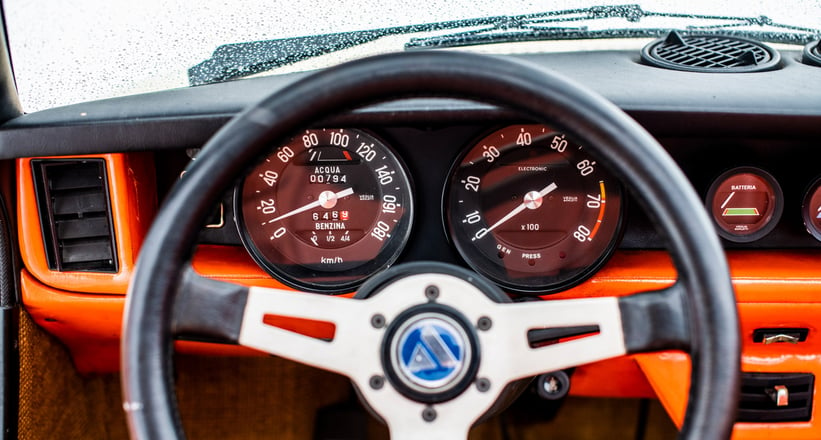
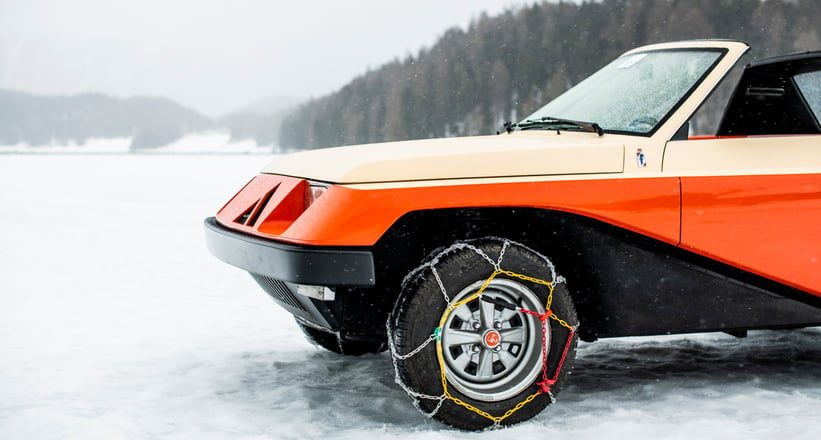
For Corrado Lopresto it was the perfect combination: “Just a month ago, at the opening of an exhibition of my cars at the ADI Design Museum in Milan, I spoke to Lorenzo Ramaciotti about Pininfarina design. And he told me that the “Giovani” designed by Diego Ottina for the 1973 Geneva Motor Show was the first project he had worked on since joining Pininfarina. I had just received an invitation to bring a car to The Ice and that conversation with Ramaciotti was the trigger for the final choice of this unconventional concept car for such an unconventional event. The car is intended for the beach, but with its bright color it also fits perfectly in the snow!”
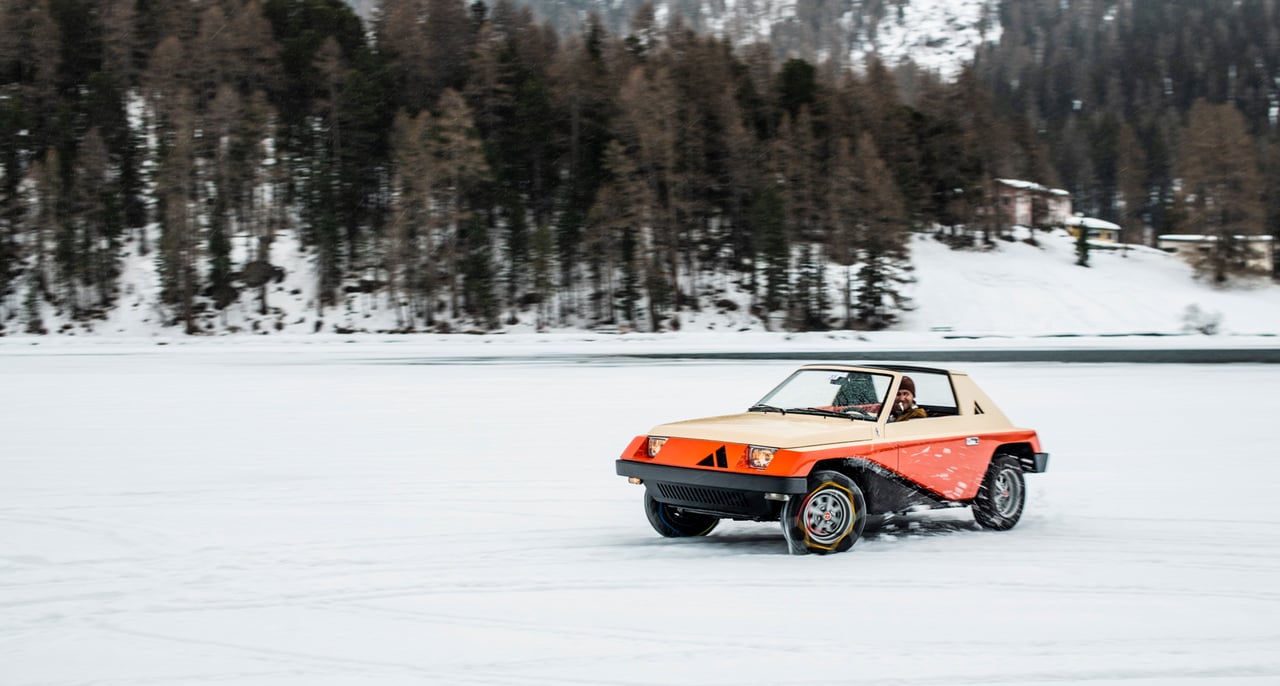
Thanks to our friends at the Lopresto Collection, we were able to arrange a little rendezvous with the one-off buggy before the official event started. And while we’ll see some of the world’s best sports and racing cars on the ice this weekend, it’s safe to assume that none of them will match the purist, vintage vibe of Pininfarina’s 1970s beach cruiser – which never made it into production.
